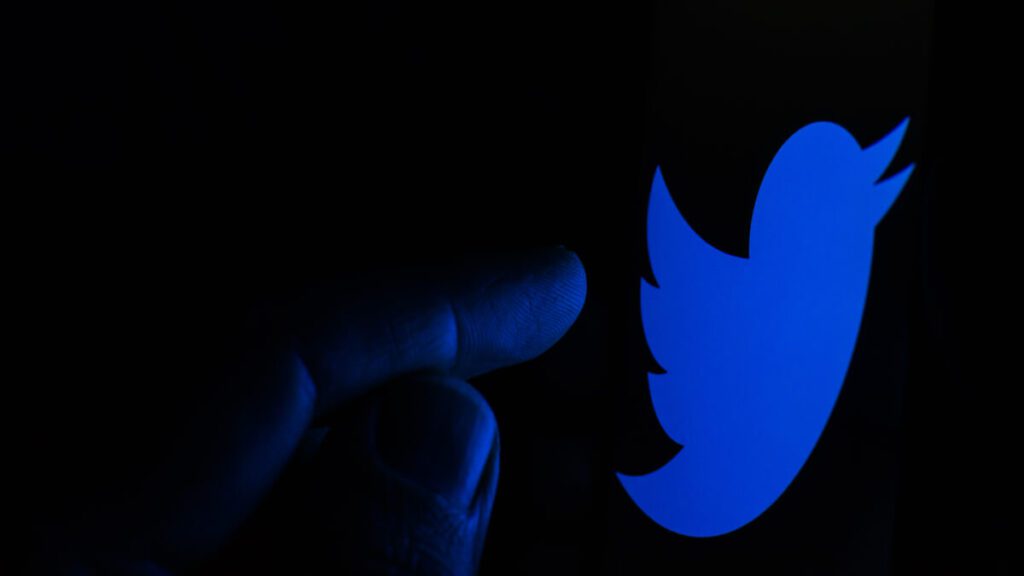Twitter is changing their look after complaints flooded the platform

Twitter is learning a hard lesson on the importance of accessibility. After releasing on Wednesday new designs that were meant to make the platform more accessible, the micro-blogging website said it was “listening and iterating” its design based on feedback from users.
No one said change was easy, but for Twitter users, the adjustments felt like they’ve been listening to construction work for days on end.
Users reported eye strain, headaches, and migraines due to the recent changes which showcase higher visual contrast of colors, button, and links. Others took issue with Twitter’s newest uniquely crafted font “Chirp.”
The company proudly shared the creation of Chirp on Wednesday, boasting about its amplification in making a tweet more fun and accessible. However, users disagree, as it was shown to be a burden for many.
One user said he could not work with the Chirp font at all and didn’t know what other solutions to implement after his phone updates the app with the new design. Others noted that they suffer from medical conditions that does not allow them to read Twitter anymore without feeling their blood rush to their temples.
“The new typeface worsens my astigmatism. I cannot read without having a headache. My systems typeface is tailored for my eyesight,” One twitter user replied to the site’s official account.
In response, Twitter published a statement reassuring users that issues with the new font have been pinned down, as the company is currently working on finding an alternative solution.
The social networking company managed to shed light on a vital issue in the tech industry; accessibility is different for everyone.
Alex Haagaard, co-founder of the Disabled List, an organization dedicated to offering handicapped individuals a platform to indulge in tech, highlighted Twitter’s new design changes as an example of what happens when you limit choices for the user.
“This is a great example of how some access needs routinely get centered over others within ‘accessible’ processes!” Haagaard said. “High contrast is notoriously NOT accessible for many photosensitive & chronically pained folks.”
The solution may be less complicated than we might believe. TechCrunch states that experts highly advise customization as an option for social networking platform, i.e., allowing users to change the contrast and font to suit their needs.
While Twitter employees can itch their heads all day long over the negative response, the fact remains that accessibility isn’t a one-size fits all. However, it’s never too late to turn back.
Twitter’s quick response insinuates that users won’t be left to deal with the new changes for much longer.
